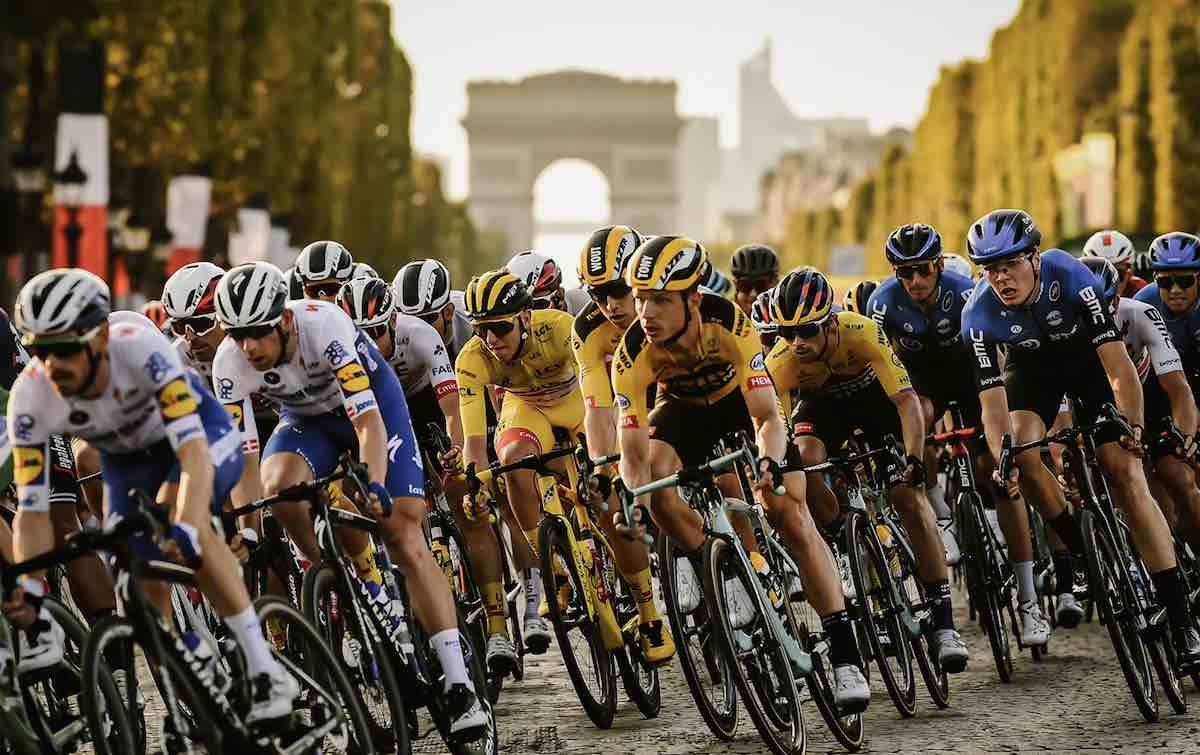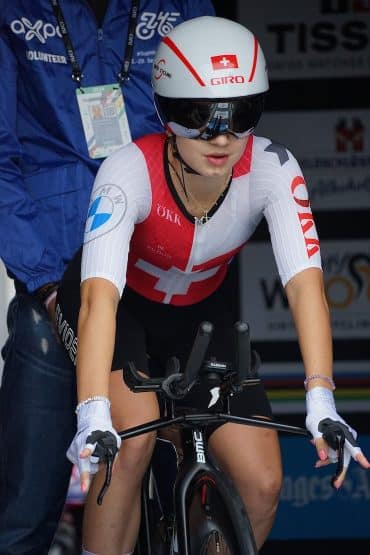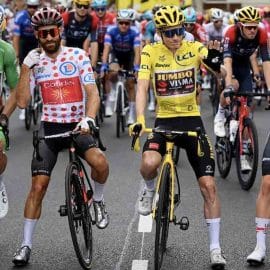The Tour de France earns between $75 million and $180 million in annual revenue. The world’s most lucrative cycling event draws in millions of tourists to host cities, along with broadcasters and sponsors from across the globe.
The Tour de France was first introduced 110 years ago as a sales gimmick.
A French newspaper, L’Auto, was on the verge of shutting down in 1903 and hosted the biggest cycling race in French history.
Immediately, the Tour de France was a huge success. As the race grew, it was eventually run by French sports organizer Amaury Sports Organization (ASO) in 1965. In 60 years, the Tour de France has quickly become one of the world’s most lucrative cycling events.
While the ASO is very private about their finances, it’s estimated that the Tour de France earns about $75 million to $180 million in annual revenue. The ASO is rumored to have a 20% profit margin, meaning it’ll be around $15 million in profits.
How Tour de France Became a $100 Million Business
There are three ways that the Tour de France brings in revenue, including broadcasting rights, advertising/sponsorships, and city hosting fees. More than half the revenue is derived from broadcasting rights, around 55%.
The Tour de France also leans heavily on advertising and sponsorships for about 40% of their revenue. Lastly, city hosting fees make up 5% of the revenue.
1. Broadcasting
Available in over 200 countries around the globe, the Tour de France is the most important cycling event of the year.
While most cycling broadcasts generally lose money, the Tour de France brings in over 150 million views from Europe alone.
With the popularity of the event, the ASO collects millions of dollars from huge networks like France Televisions ($25 million), NBC ($8 million), Eurovision Sport, and ESPN.
2. Advertising and Sponsorships
The Tour de France also makes a great portion of their revenue from advertising and sponsorships. The sponsors are separated into two categories: main partners are in the first tier and official partners are 2nd tier.
Companies like LCL and Skoda pay millions of dollars to be the official jersey sponsors. LCL pays $12 million for the yellow jersey while Skoda coughs up $4 million for the green jersey.
In addition, the publicity caravan during the tournament is another revenue driver, literally. The publicity caravan is driven before each stage and about 47% of fans show up to the event for the van.
There are dozens of sponsors and they are willing to pay as much as $1 million to have their logo on the publicity van. Over the course of three weeks, there will be more than 15 million items handed out from the Tour de France Publicity caravan.
Just the caravans alone generate millions of dollars in advertising revenue.
3. City Hosting Fees
Lastly, city hosting fees play a role in the overall revenue brought in by the competition. While it’s the smallest revenue generator for the Tour de France, it’s very expensive to host a stage.
The fees range from $65,000 to $5 million.
Hosting the event is a huge business for cities as fans are able to attend the event for free, which brings millions of dollars in tourism during the summer. Last year, the Grand départ was in Denmark, which generated $108 million in revenue with 722K international and domestic tourists and 1.8 million fans at the event.
Tour de France City Hosting Fees
- Grand départ (3 days) — $5.5 million to $6 million
- Stage start — $65,000
- Stage finish — $120,000
Comprehensive Betting Guides 2024
- Best Offshore Betting Sites – Compare Top Offshore Online Betting Sites.
- Best Bitcoin Betting Sites – Top-rated Bitcoin Sportsbooks in USA Ranked & Reviewed.
- Crypto Betting Guide – Discover the Best Crypto Betting Sites in USA.
- Cash Out Betting Guide – Compare Best Betting Sites with Cash Out Option.
- Best Sports Betting Apps – Discover Top US Mobile Betting Apps Ranked & Reviewed.
Add The Sports Daily to your Google News Feed!







